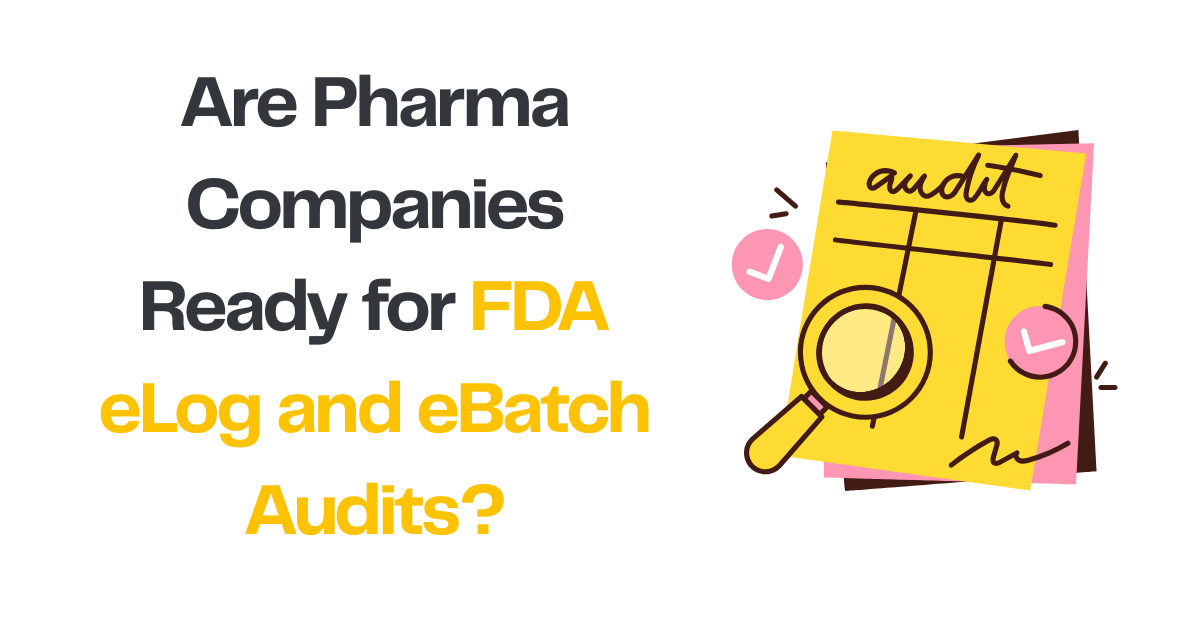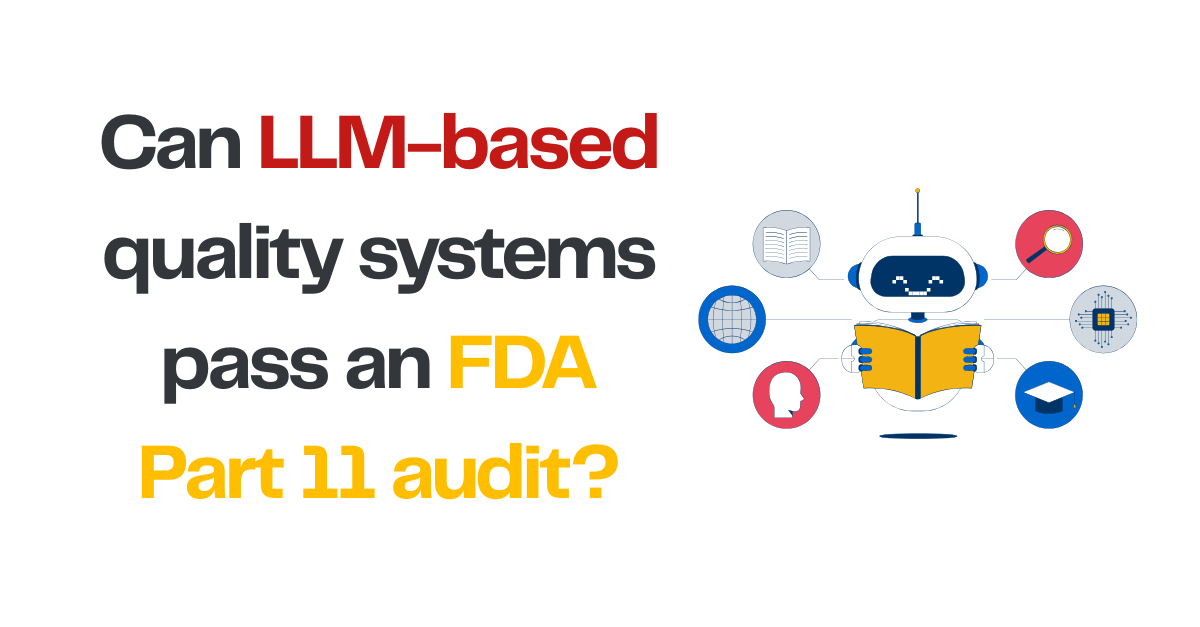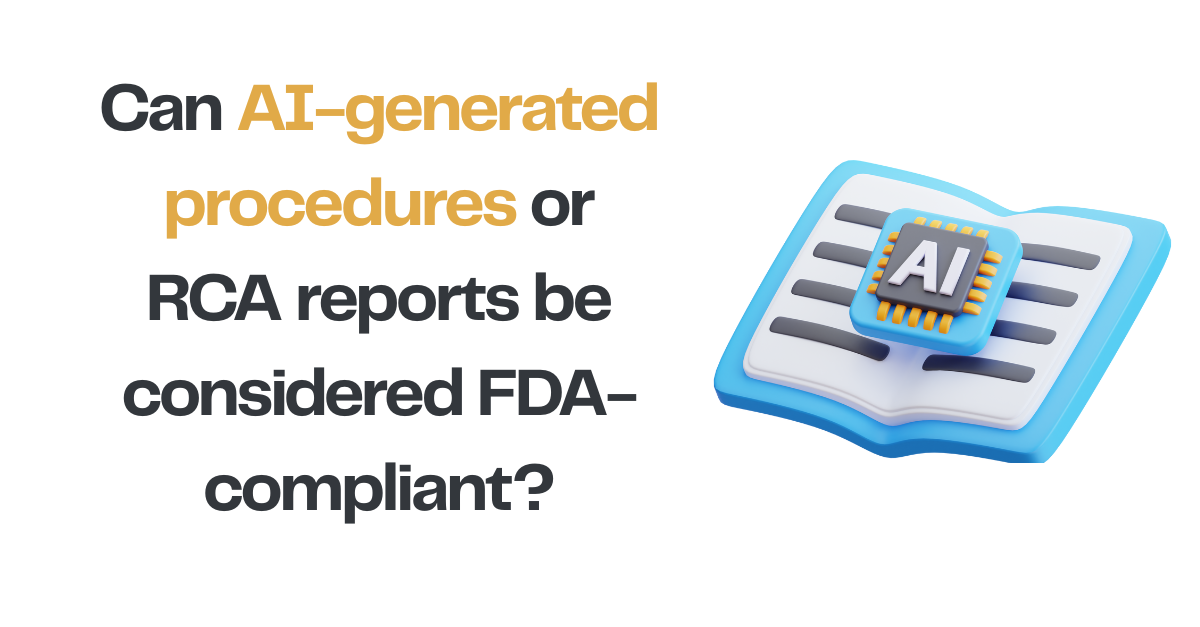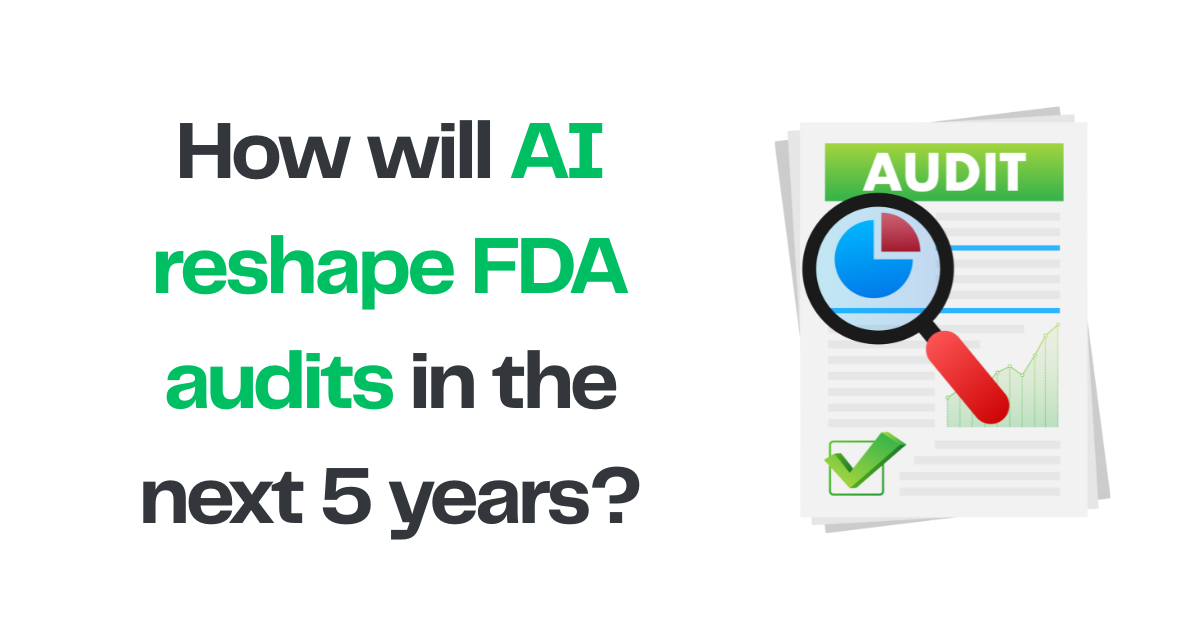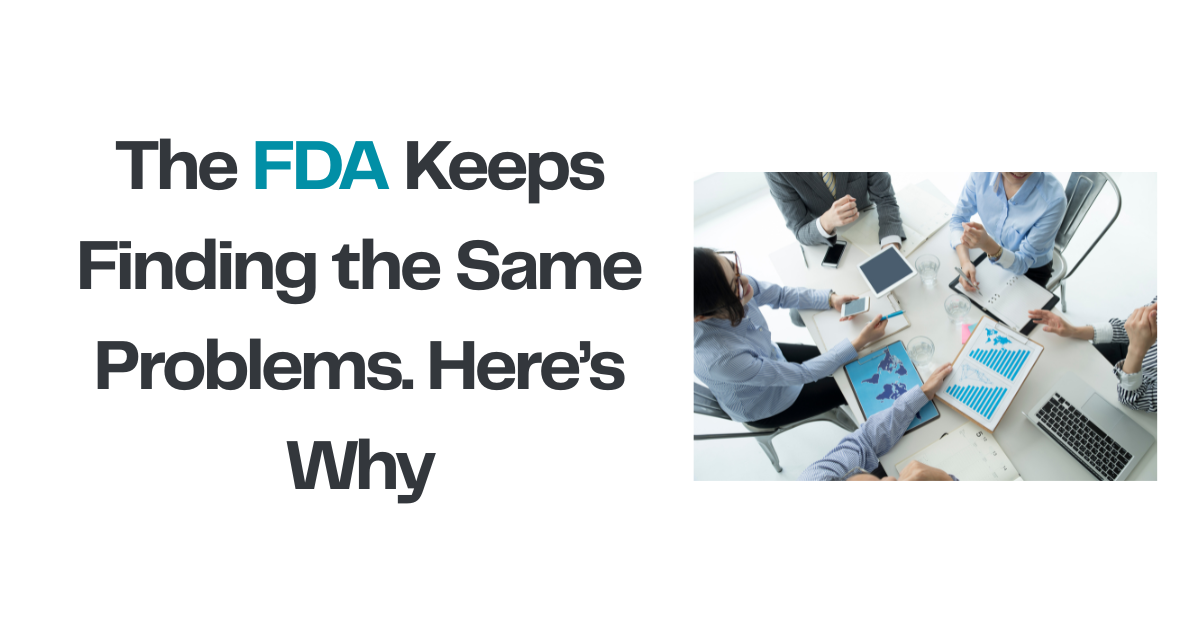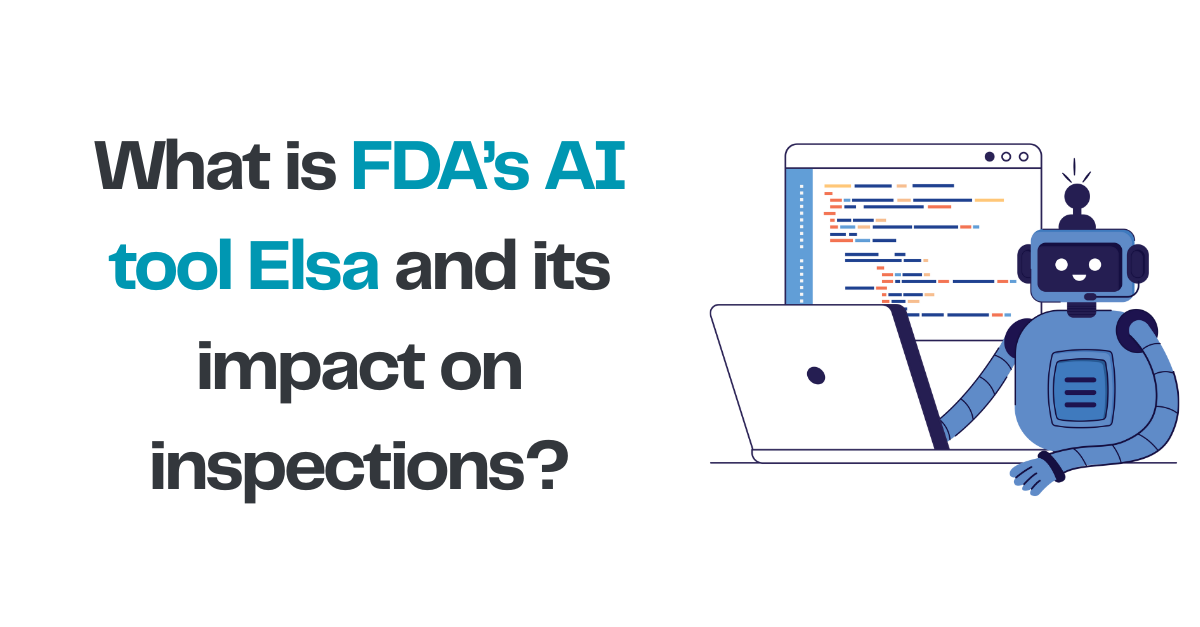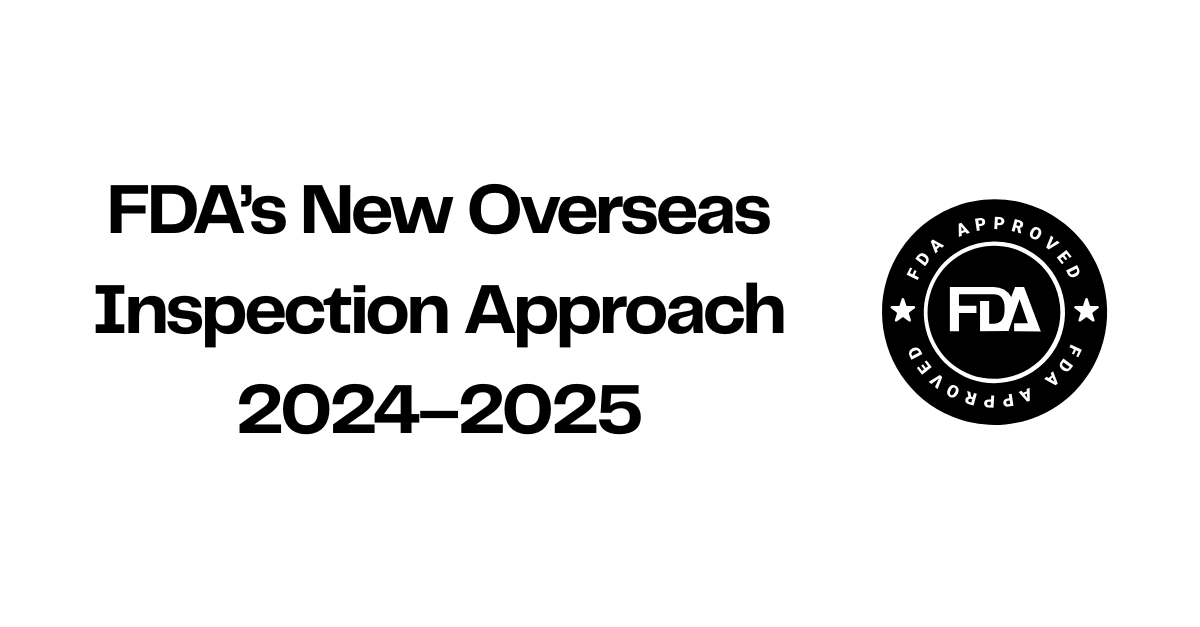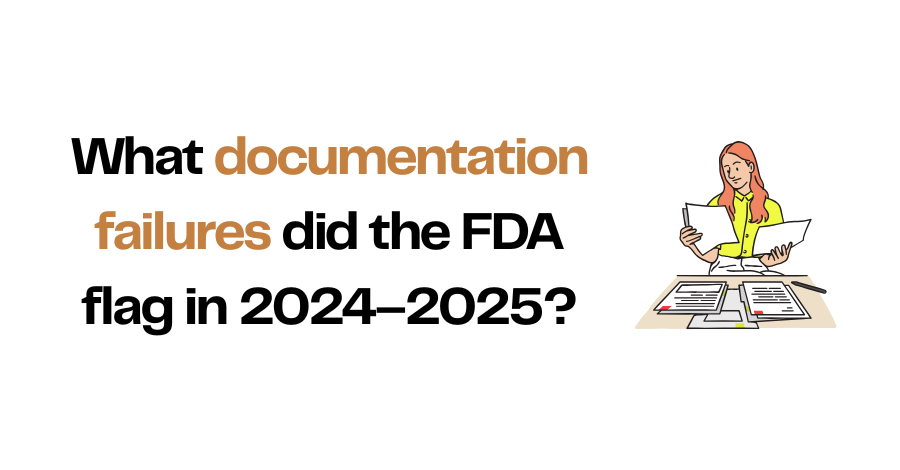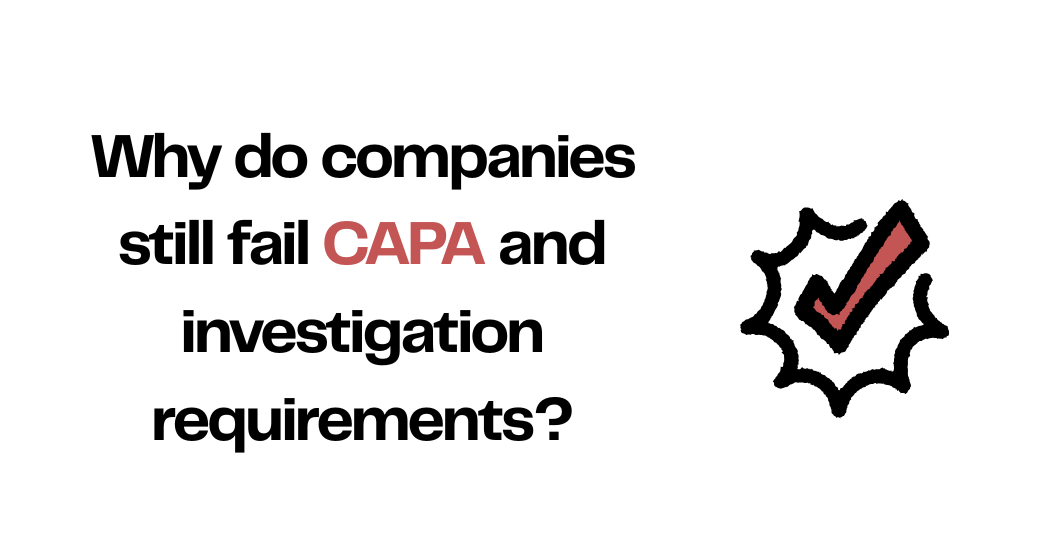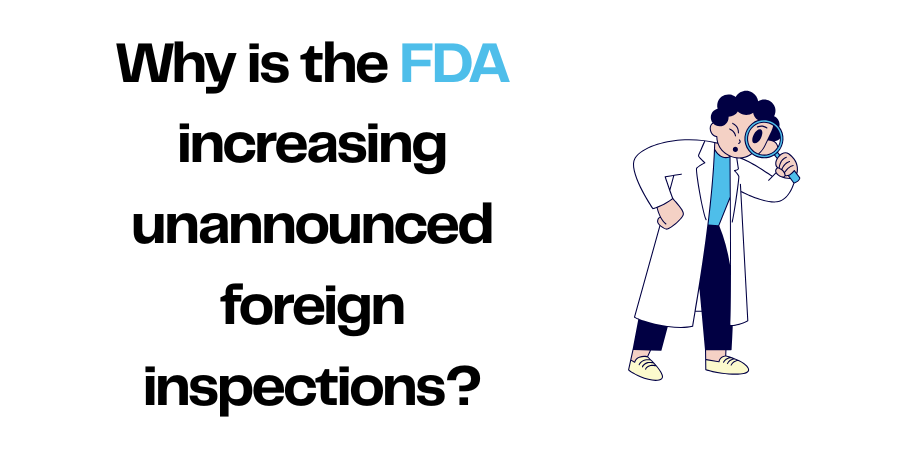Are pharma companies ready for FDA audits of eLogs and digital batch records?
The shift from paper to electronic logs (eLogs) and electronic batch records (eBMRs) is accelerating across pharma manufacturing. While technology has matured, many companies are not yet fully inspection-ready. Common gaps include incomplete validation, weak access controls and audit trails, poor change control for computerized systems, inconsistent policies for metadata and data retention, and immature […]
